Self-Sufficient Garden: What to Grow
Would you like to start a self-sufficient garden in your backyard? Having a garden where you’re growing different crops, including fruits, vegetables, and herbs, is beneficial for many reasons. Instead of going to your local grocery store to get what you need, you can start growing some of your favorite crops and have quick and easy access to them when they’re ready to harvest.
Before you get started, it’s a good idea to know what to grow. Some crops are naturally better to add to a self-sufficient garden because they’re easy to care for and grow, and they’ll also come in handy when you want to put food on the table for your family. This is where I order my garden seeds: SeedsNow
Self-Sufficient Garden: What to Grow
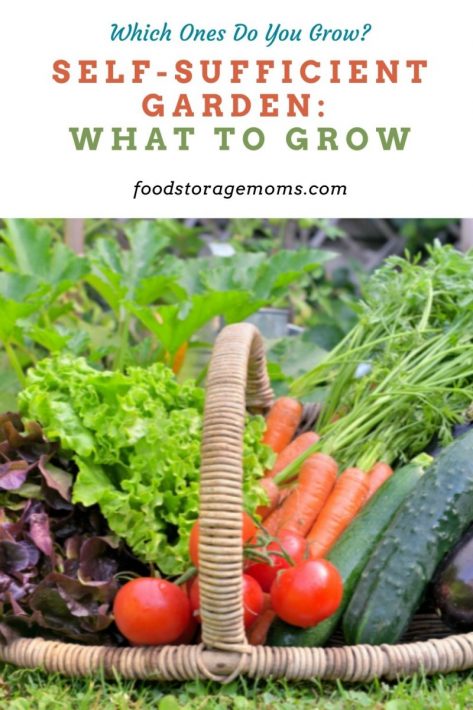
Self-Sufficient Garden: What to Grow
Potatoes
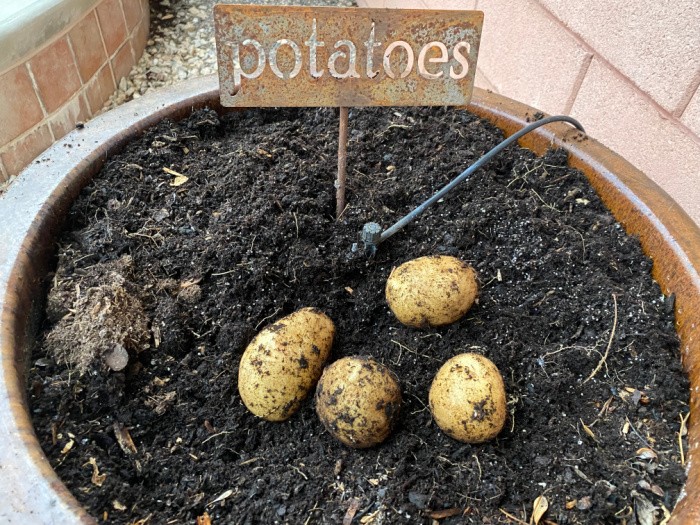
You can’t go wrong with growing this root vegetable. Potatoes are perfect for beginner gardeners because they’re not difficult to maintain, and they grow relatively quickly. If you’re providing them with full sun and watering the soil to keep it moist, you can expect to see plenty of potatoes popping up within no time.
The great thing about potatoes is that they’re typically ready to harvest within a few months of planting them. Most importantly, they’re a great plant when it comes to being a food source.
So, when you plant potatoes, you can expect to get a lot out of them. You may end up with dozens of potatoes ready to take inside, rinsing them off, then using them to prepare all different kinds of meals.
When you’re growing potatoes in your backyard garden, you can prepare baked potatoes, mashed potatoes, roasted potatoes, and so much more!
I dug these four potatoes today for dinner tonight. My grandmother taught me if you can grow potatoes you will never starve. I grow these in large 18-inch tall and 18-inch round pots.
There are really only about two months each year that I don’t have potatoes growing, because it’s too cold here in Southern Utah in the January/February timeframe.
Cabbage
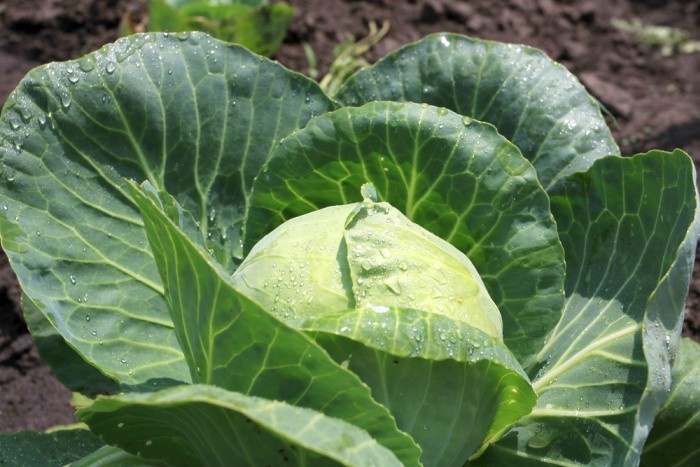
It’s a good idea to have cabbage growing in your self-sufficient garden. First, you can start planting the seeds inside the home and then transfer them to the garden when they’re ready. It can take up to 180 days for your cabbage heads to be prepared for harvesting, but that isn’t too long of a time when you find yourself enjoying them in your meal preparation.
Be sure to provide them with the right fertilizer and enough water to get them to grow to their fullest potential. It doesn’t require too much effort to get your cabbage to grow.
Once you harvest your cabbage heads, you can prepare many of your favorite meals with this healthy vegetable. Add it to your favorite soups and stews, or fry it with some bacon grease on the stove. Not only is it easy to grow, but it’s also naturally good for you.
Carrots
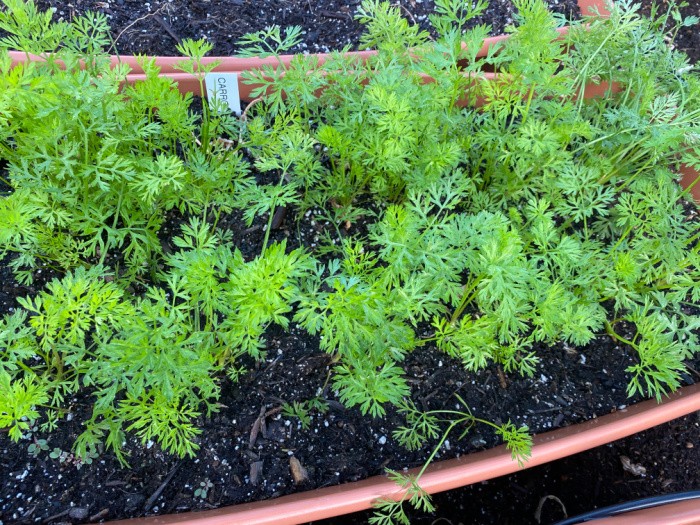
If you have loose soil in your backyard, you’re in luck. Carrots do well when planted in loose soil. If you can provide the vegetable with prime conditions, you can expect to yield many crops and have plenty of carrots available for eating and enjoying with loved ones.
Carrots will often take a minimum of two months and a maximum of four months to reach maturity to the point that you can harvest them and begin using them at home.
These vegetables are versatile enough to make all kinds of meals. You can add your carrots to soups and stews, bake them, steam them, or even eat them raw while dipping them in your favorite dressing, such as ranch or honey mustard. Enjoy growing this healthy and flavorful vegetable in your backyard.
Corn
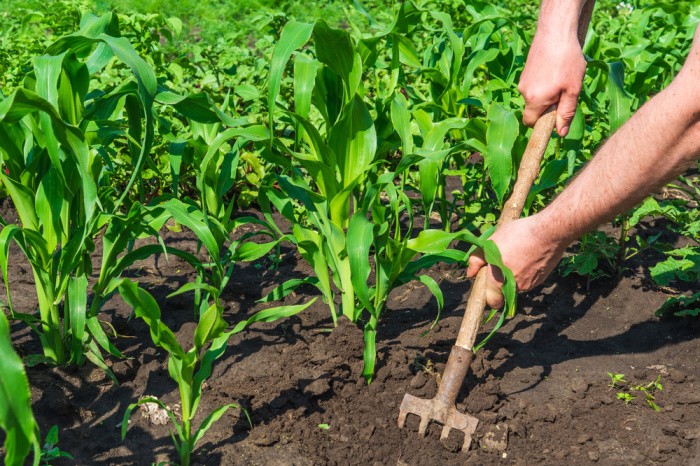
Did you know that corn is a lot easier to grow than most people realize? If you have the space for it in your backyard, it’s one crop that you should consider planting and growing outside the home. It can take up to 120 days for corn to grow, but that isn’t bad timing at all.
Be sure to provide the corn with adequate soil. While the vegetable requires some maintenance and attention, it’s not a challenge to get this crop to grow.
Once you’ve got ears of corn growing in the backyard, you’ll never need to purchase canned or frozen corn. Instead, you can start to can or freeze the corn that you’re growing to preserve it at home.
Because corn is such a versatile vegetable that you can boil, steam, bake, or toss into just about any of your favorite foods, it’s worth having in your self-sufficient garden!
Onions
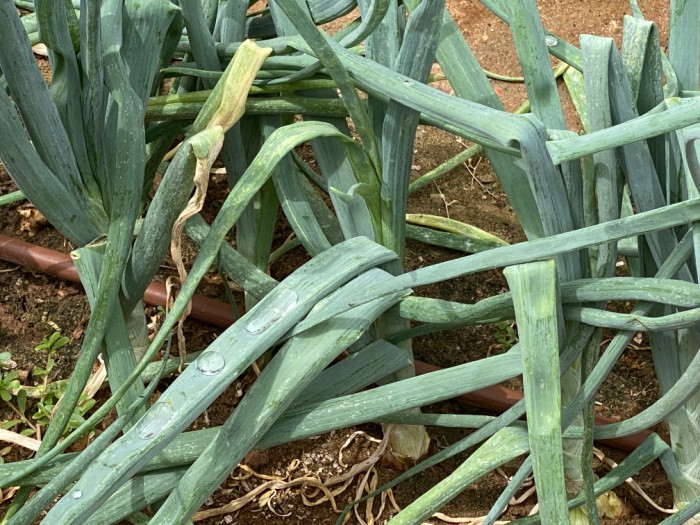
The hardiness of onions makes them one crop that you won’t have trouble growing. So, why would you want to grow onions in your backyard? While most people don’t like to eat them raw because of their bitter taste, onions come in handy when you’re preparing homemade soups, stews, and sauteed meats.
The onions bring a bold and delicious flavor to any meal that you’re making, so it’s a good idea to have them growing in your backyard garden. Be sure to plant these crops in the fall or around springtime. It will take a minimum of 100 days and a maximum of 175 days for your onions to grow to their fullest potential.
Garlic
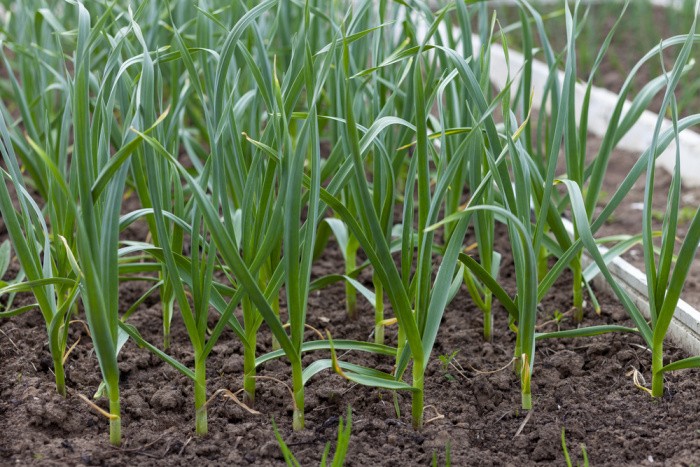
Even if you don’t have a lot of space in your backyard garden, you can still successfully grow some garlic. It’s good to have garlic in your self-sufficient garden because it adds flavor to lots of meals. For example, you may use it to prepare homemade spaghetti sauce, juicy meatballs, and other flavorful foods for your family to enjoy.
It does take a bit of time to grow garlic to the point that you can harvest it. Expect to wait a minimum of seven months before you can officially harvest the garlic. However, once it’s ready, you’ll have an abundance of garlic ready to use in your kitchen. You can even mince it yourself and store it to keep it fresh!
Please Check Out What To Plant Each Month:
- What To Plant In January
- What To Plant In February
- What To Plant In March
- What To Plant In April
- What To Plant In May
- What To Plant In June
- What To Plant In July
- What To Plant In August
- What To Plant In September
- What To Plant In October
Final Word
If you want to start a self-sufficient garden in your backyard, these are some of the best things for you to grow. It’s a good idea to grow crops like carrots, onions, garlic, potatoes, and more because they’re reasonably easy to grow and maintain.
Not only can you grow these crops with ease, but you can use them to prepare some of your favorite foods. In addition, when growing these crops in the self-sufficient garden, it’s easy to save money without running to the store for essential ingredients that you use to make meals for the family.
Of course, these aren’t the only ones you should consider, but do make up some great basic items. We really enjoy and have great success with tomatoes, various squash options, herbs, and more. Let us know what your favorites are. May God Bless this world, Linda
Copyright Images: Corn Depositphotos_481964316_s-2019, Garlic Greens Depositphotos_374549234_s-2019, Cabbage Growing Depositphotos_2779072_s-2019, Basket Full of Vegetables AdobeStock_275230150 by Coco

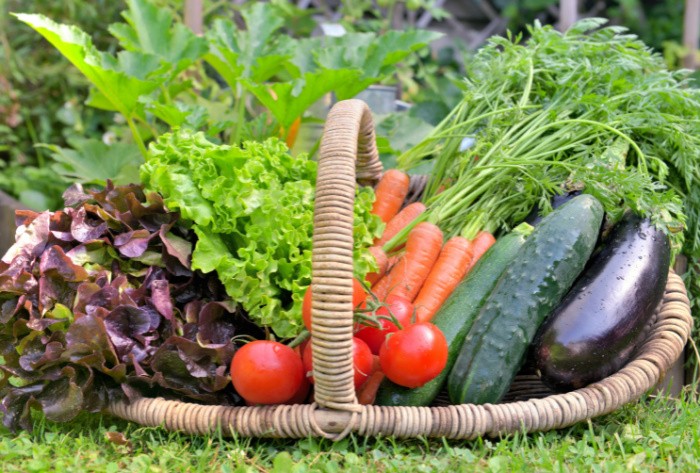

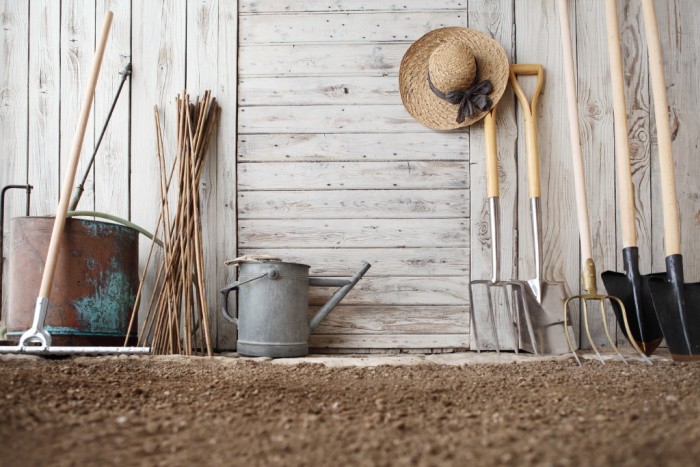
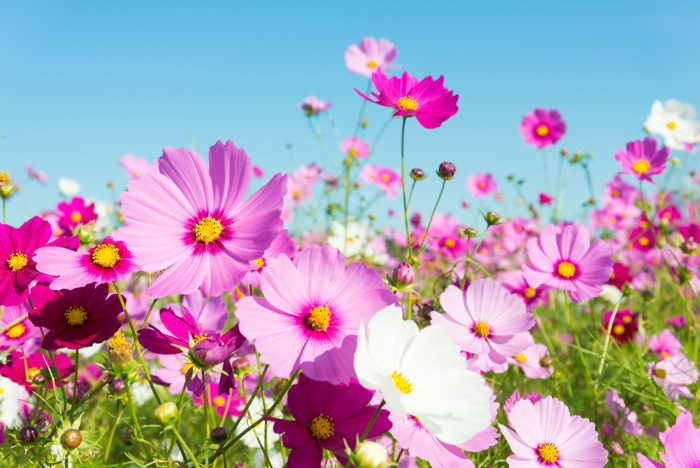
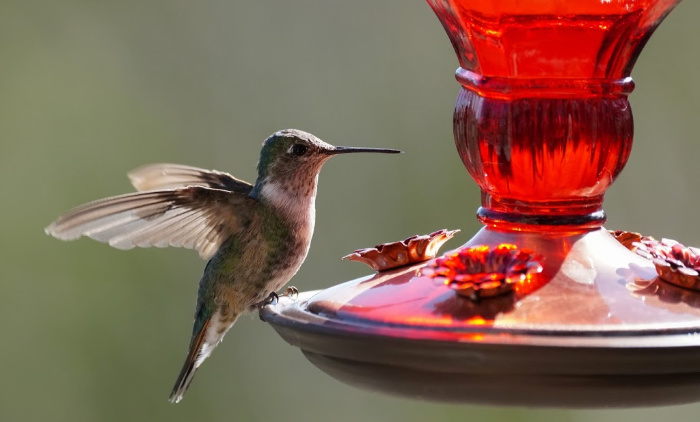
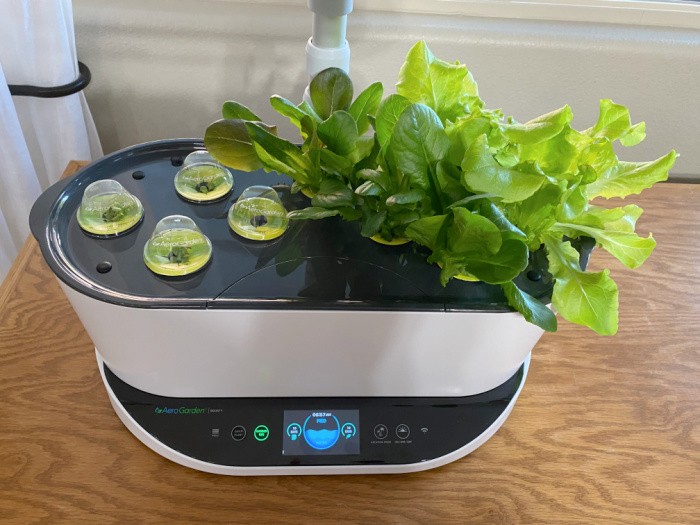
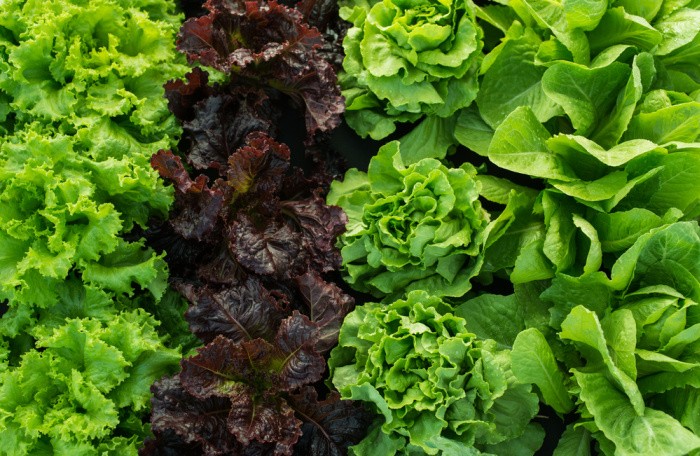
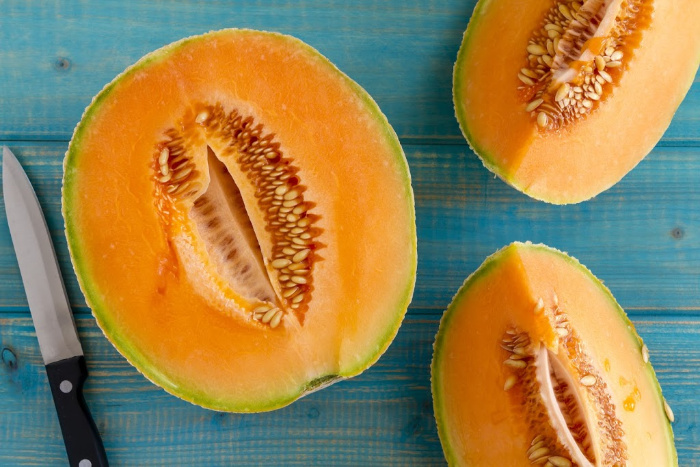
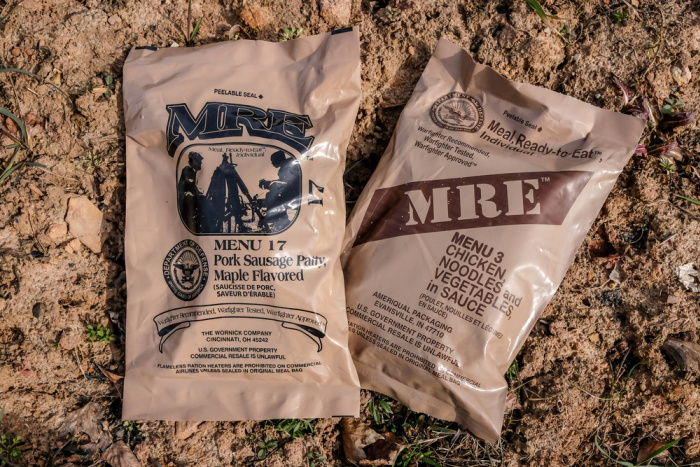
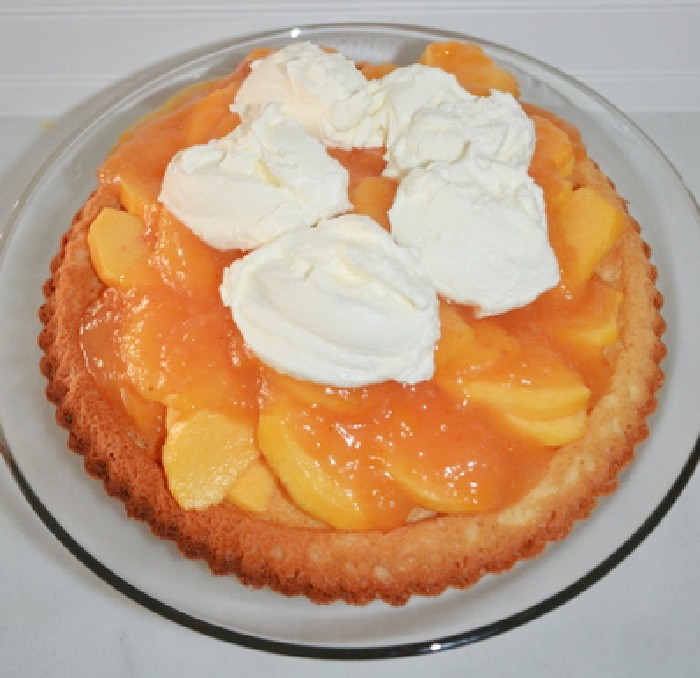

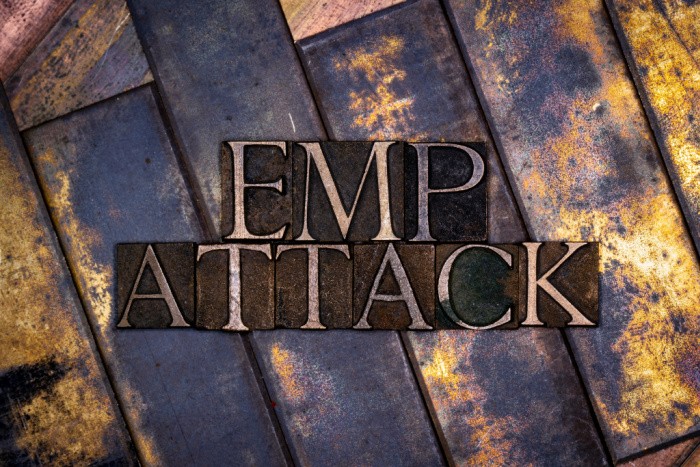

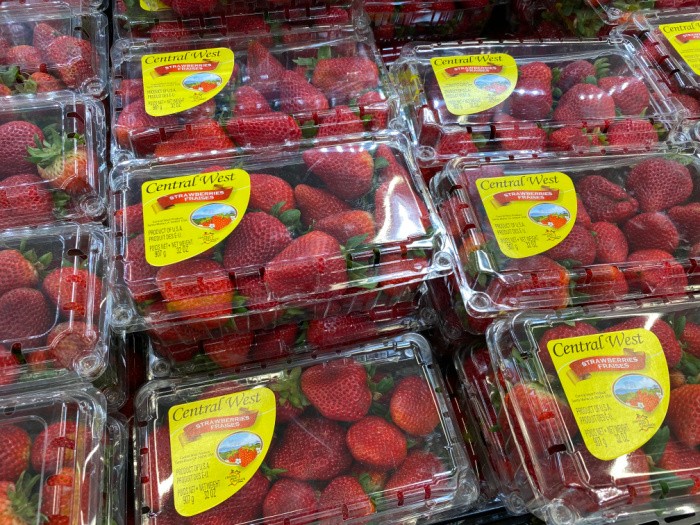
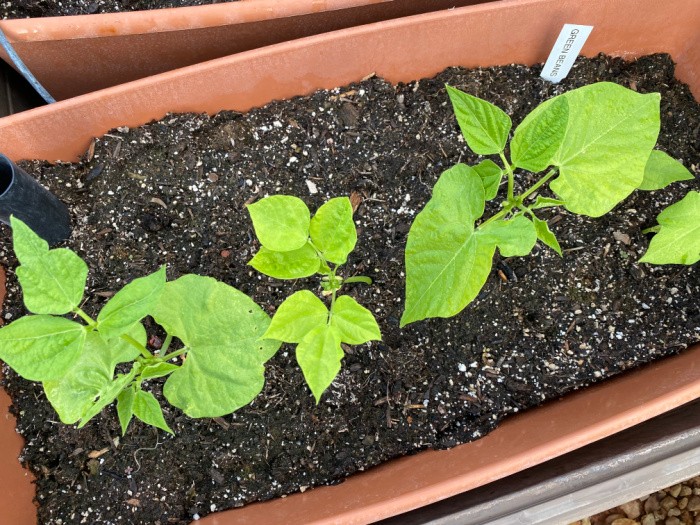
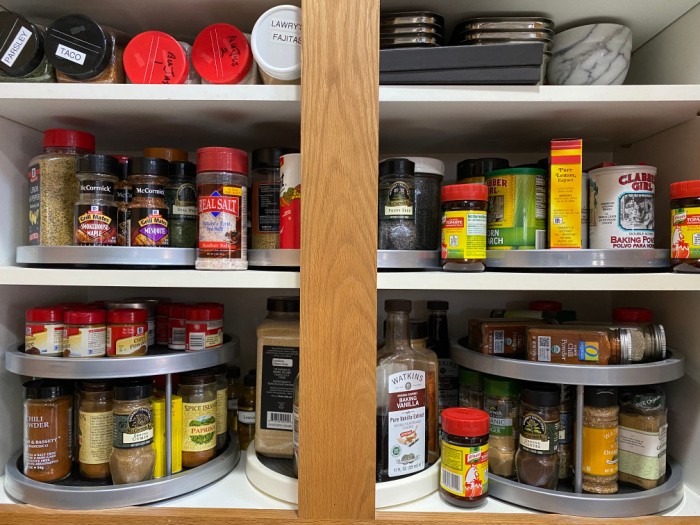
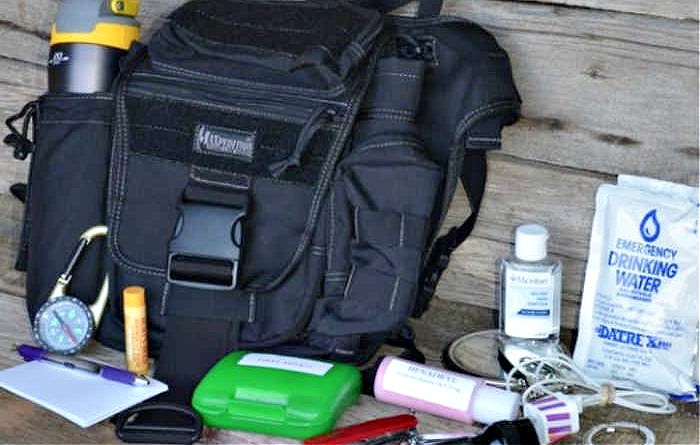
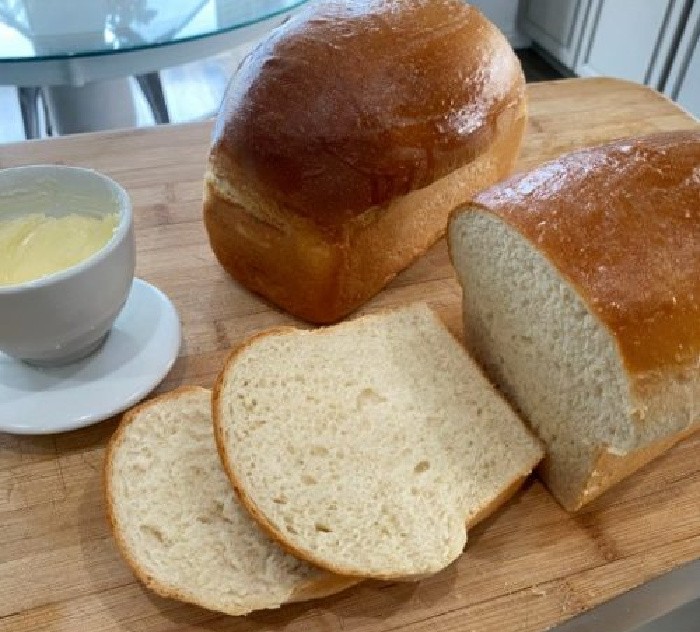
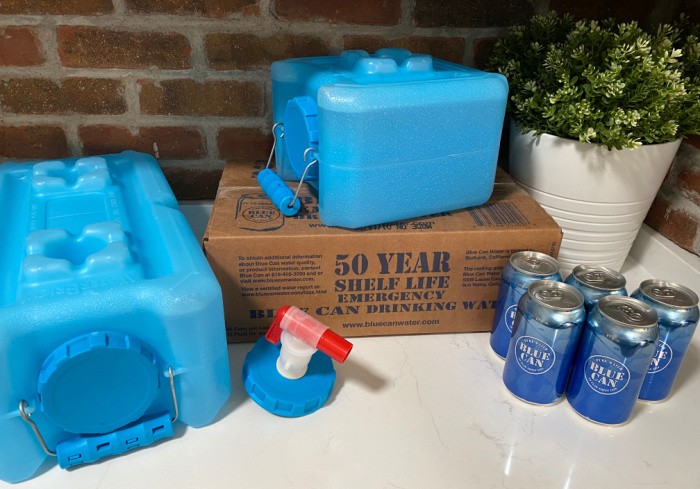
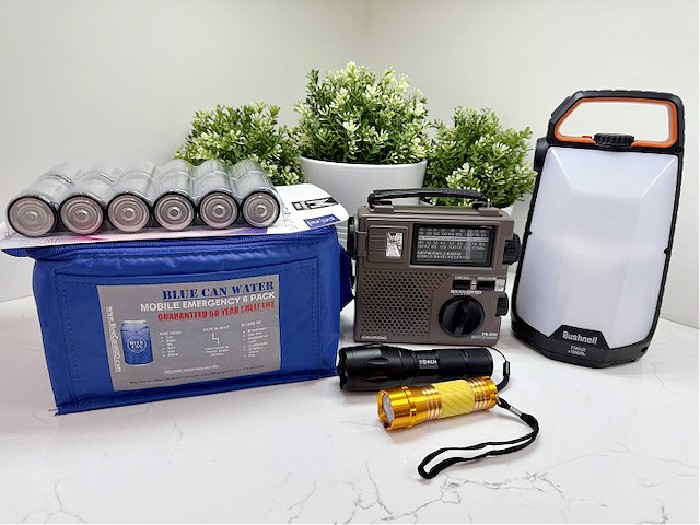

As things decline and prices increase the importance of doing for yourself can’t be over stressed. So what ya can with what ya got.
Hi Matt, this is so true, we must have a garden or be very close to a Farmer’s Market, and do whatever we can to stock now. Linda
This post was right up my alley Linda. Husband has been planting gardens since he was a teenager and he really has the green thumb. We grow everything you listed and more except corn. There is a local farmer who sells sweet corn and we buy from him. I can and preserve everything I get my hands on. By October, this chick is done. Ha!
Hi Paula, you are living the life, I LOVE hearing this! I’m the gardener in the family, but my husband helps with everything. We buy corn from a city in Southern Utah. They sell that yellow and white corn, oh my gosh, it’s the best! My yard is too small for corn, so we buy it as well. Sometimes I think people think they have to grow everything. They do not have to do that. Grow the vegetables that you eat and buy from Farmers Markets to get the rest. But, there is nothing better than that FIRST tomato! Linda
If you weren’t so far away I could supply you with pears. Plenty of pears
Hi June you are so sweet! We could have Paula show us how to make dehydrated pear pie if we lived by one another !! Linda
I’m a terrible gardener. I have only ever grown onions year round. The animals steal a lot of my peas or mint, basil, or my tomatoes get blight. And we have the worst clay soil that is hard as stone until the rains come Nov-May. After that we have no rain. I just never have the money to get really great soil. I know potatoes thrive in less than stellar soil so you’ve inspired me to grow them.
Hi Marianne, you are not the problem, it is the soil. And the critters. Go to a Farmer’s Market and don’t stress over it. There are plenty of other things you can do. You can buy a few bags of soil and grow potatoes. That’s good! Linda
I live in Oklahoma and in the past it has been hard to grow potatoes very rocky where I live that’s why I have raised bed. But few years ago someone told be to take a tire add your soil and as you see them green of leaves of potatoes pop up add another tire and soil. I usually stop at 5th tire high but I’m sure you can go higher if you want. This has worked very well for me.
Hi Joakima, I have heard of the tire garden, and it’s working for you!! I love hearing this, I have clay soil so I had to get raised gardens. They work as well. Have fun, Linda
Linda, that title reminds me of one of my favorite books–John Seymour’s “The Self-Sufficient Gardener” (he wrote several other worthwhile books, too). Possible crops, propagation, garden arrangements, harvesting, storage, recipes (including wines!)–you name it! Other than bearing in mind that dates used are based on England’s climate, it’s a winner for about anyone.
For those with less-than-perfect soil, it’s worth looking into straw-bale gardening–my only reservation is that without soil the crops are only as nutritious as what you add to the straw bales, but definitely better than raising nothing. A nifty alternative to raised beds that I saw somewhere–probably to do with square foot gardening–was a rooftop garden using kids’ wading pools to hold the soil. It even had lattices for growing peas, beans, melons, etc., with supports/guy wires tied to cinder blocks.
Hi Rhonda, oh I forgot about the straw-bale gardening!!! I have never done it personally but I have seen some awesome gardens on Pinterest! I need to look into that book!!! Linda
You mentioned fried cabbage, I also use cabbage to make and can my own sauerkraut. I love doing this and I
have my mom’s kraut cutter. I have a recipe for scalloped cabbage too. So many things you can do with cabbage.
I planted my garden in buckets this yea and I have learned a lot. Like what NOT to plant in a bucket so
next year I will know not to waste my time with that item in a bucket.
Hi June, I hear you on that. My tomatoes did not do well in my buckets. BUT what I learned later, you cut the bottom off of the bucket (not sure how to do it with our saw), and the tomato plants will do better. Not sure I’m up to that next year. I love cabbage. Linda